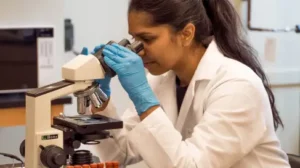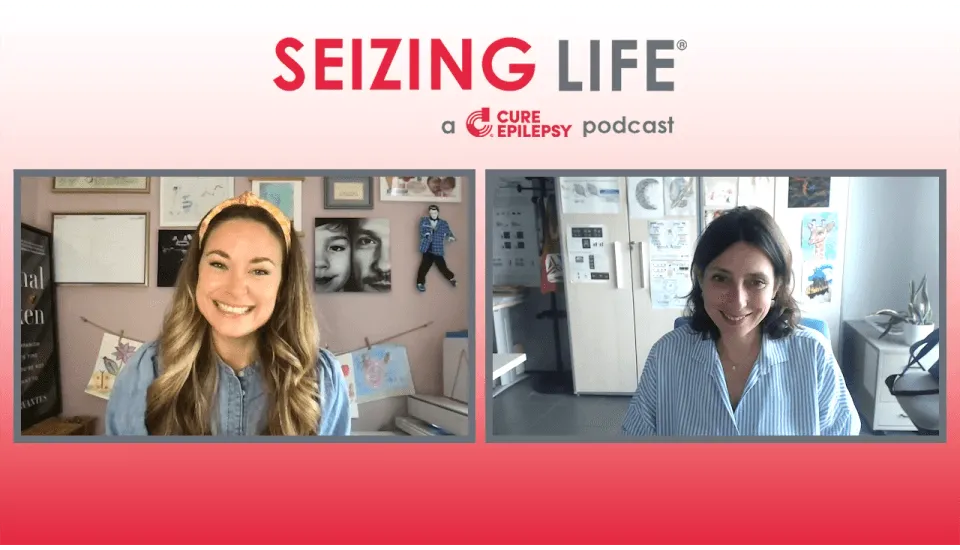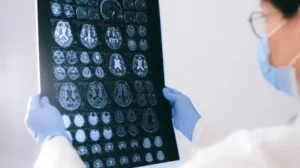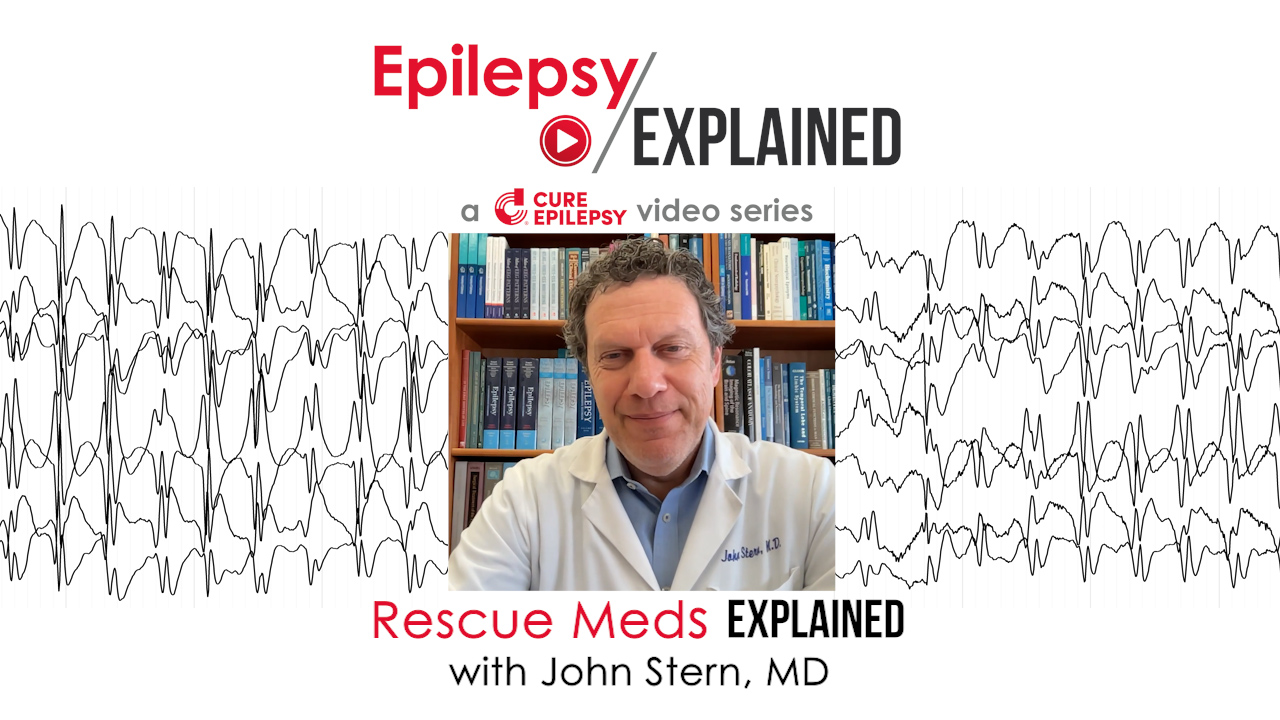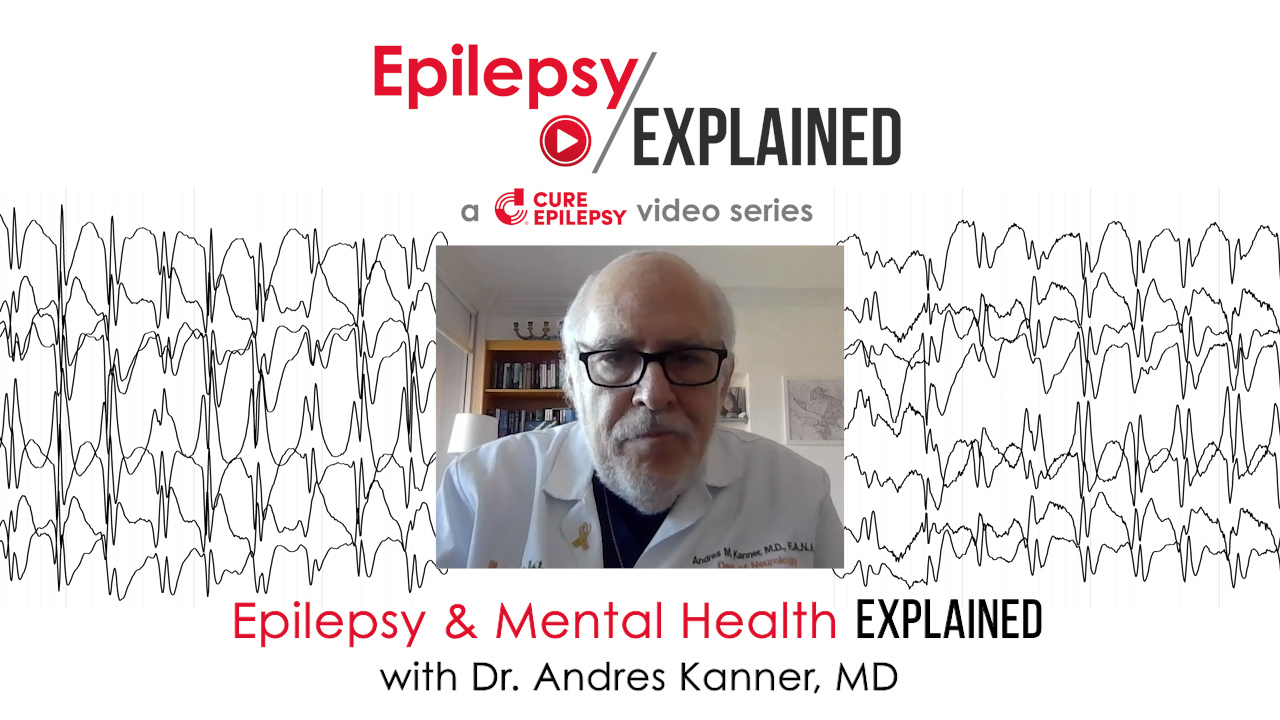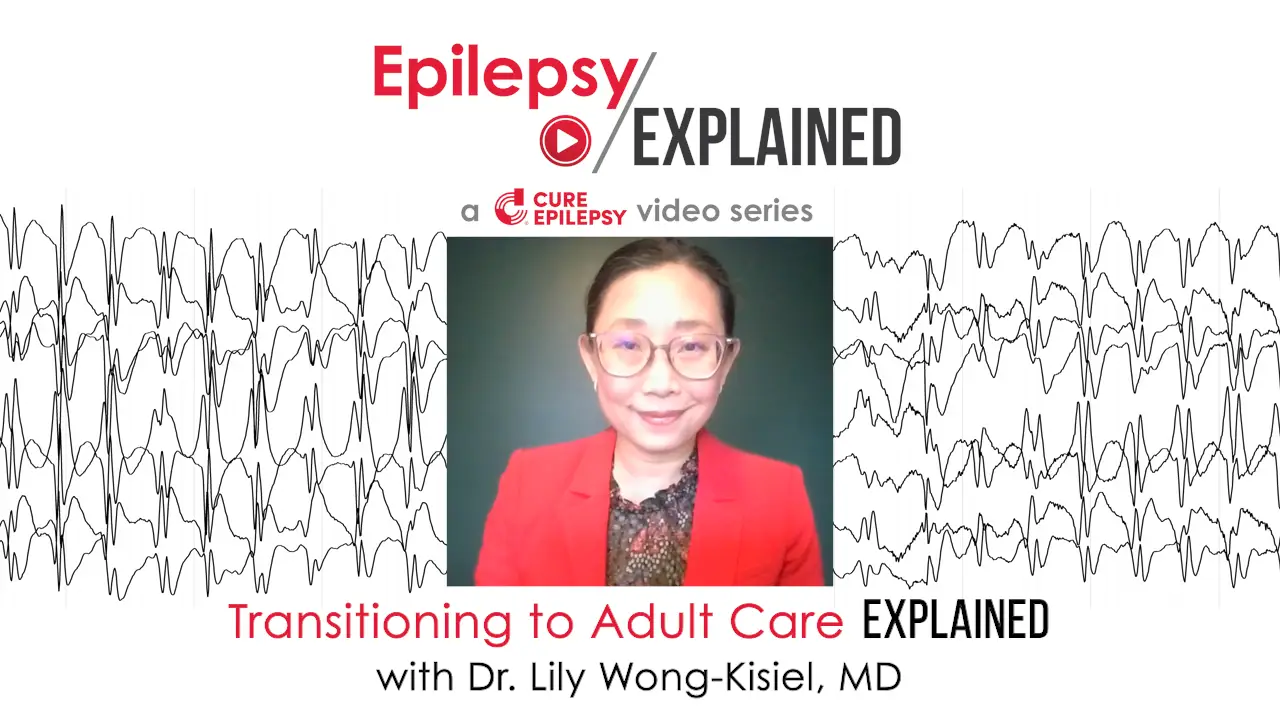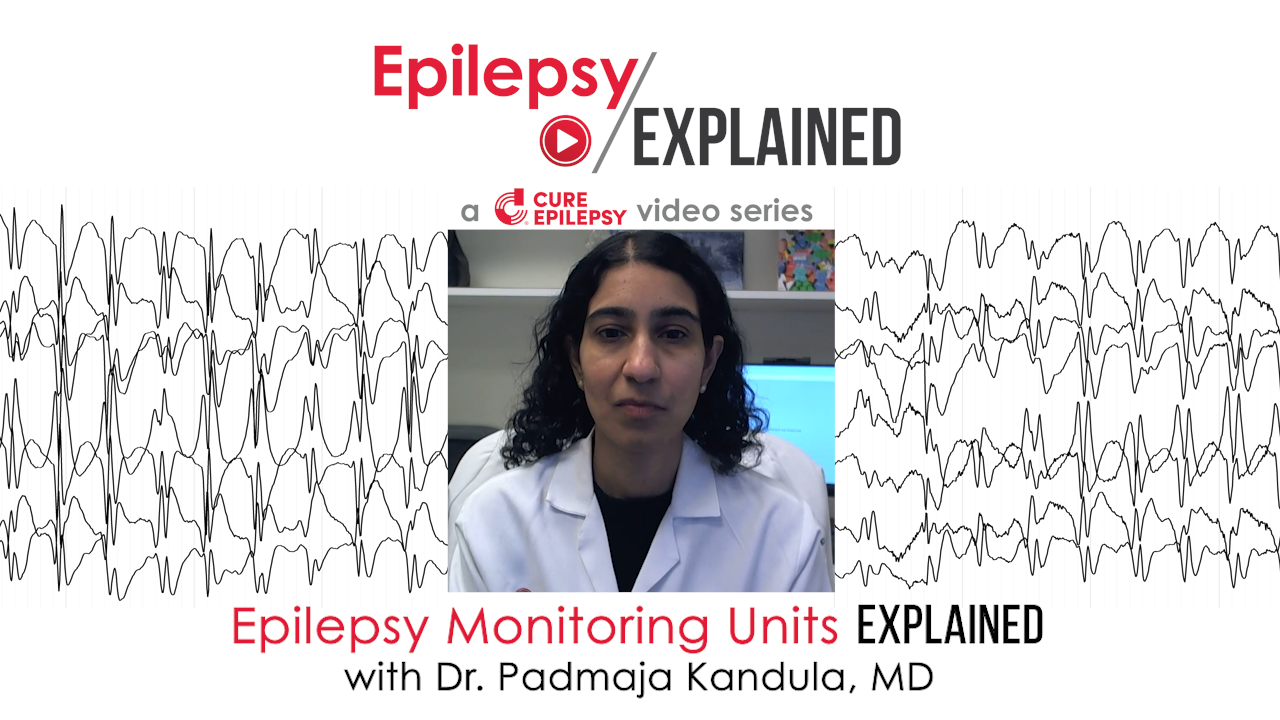In this episode of Epilepsy Explained, Dr. Philippe Ryvlin, discusses SUDEP, Sudden Unexpected Death in Epilepsy. Dr. Ryvlin is a Neurologist, Professor of Neurology, and Chair of the Department of Clinical Neurosciences at the University Hospital of Lausanne in Switzerland. In “SUDEP Explained”, Dr. Ryvlin answers the following questions:
0:16 What does SUDEP stand for and what is it?
1:03 How common is SUDEP?
2:05 Are there certain things that make some people with epilepsy more at risk for SUDEP?
3:10 Do we understand why and how SUDEP occurs?
6:17 How is it determined that a person died from SUDEP?
8:17 What can I do to help protect myself or a loved one with epilepsy from SUDEP?
Look for new episodes of Epilepsy Explained on the third Wednesday of every month on CURE Epilepsy’s YouTube Channel and here on our website.
If you would like to submit questions for future episodes of Epilepsy Explained, please go to: https://www.cureepilepsy.org/epilepsy-explained/
Video Transcript
What does SUDEP stand for and what is it?
Dr. Philipe Ryvlin: SUDEP means sudden unexpected death in persons with epilepsy. So this corresponds to a specific type of death that can occur in a person with epilepsy, most often in relation to a seizure, and for which there will be no other cause. It excludes problems like drowning, accidents, status epilepticus, suicide, so all other sudden deaths. But SUDEP is unexplained even though it can be triggered by a seizure.
How common is SUDEP?
Dr. Philipe Ryvlin: A simple answer to that question is that it occurs in one patient out of 1000 every year, one out of 1000 patients per year. So fortunately this seems to be a relatively low figure, but the fact is that this risk is very different depending on your patient profile. Probably in some populations it can be close to zero. In other it can be up to 1% per year. Overall, we can estimate about 65,000 SUDEP occurring worldwide every year, 65,000. And that would bring that to about one-fourth of all the cause of sudden deaths, medical sudden deaths, unexplained in the general population.
Are there certain things that make some people with epilepsy more at risk for SUDEP?
Dr. Philipe Ryvlin: Indeed, as I mentioned before, some patient profiles are at much greater risk of SUDEP than others. What are the main risk factors? The main one is to suffer from generalized tonic-clonic seizure, what we call generalized convulsive seizure. And of course, to have the seizure not responding to treatment. But there are others, the fact of suffering from those seizures at night, the fact of sleeping alone or living alone so that no one can intervene to help you when you’re having those nocturnal seizures. The fact of not being compliant to your treatment. Those are really the main risk factor. But there’s a few other that has been reported, like being a male patient, like suffering from psychiatric comorbidities and addiction in particular.
Do we understand why and how SUDEP occurs?
Dr. Philipe Ryvlin: What do we know? First of all, most of our knowledge has been provided by some persons with epilepsy who died in hospital in an epilepsy monitoring unit while they were recording for their seizures. And in all those cases, we observed a very stereotyped sequence of events. It starts with a generalized tonic-clonic seizure in a patient who was left unattended, so no one intervened during or after the seizure. In most cases, at the end of the seizure, the patient was prone in his bed, head in the pillow. Now when we look at the cardiac and respiratory rates, what we observe were the following: by the end of the seizure, the patient was still breathing, actually very rapidly, and his heart was still beating, usually very tachycardic. But within the next few minutes, respiration stopped for some reason. And thereafter, cardiac activity deteriorate until the final cardiorespiratory arrest. So the sequence was really a generalized tonic-clonic seizure, and then a respiratory failure during the immediate post-ictal phase. Now the big question, why do patients suffer that respiratory failure, post-ictally? Is it a central apnea due to a dysfunction of their brainstem? Is it an obstructive apnea promoted by the prone position? Is it both? Which is probably the most likely, but this is still to be better understood and investigated.
Apart from that primary mechanism, there are possibly two other possibilities. One, that some patient, a rare patient, do suffer from a genetic mutation that is responsible for a cardiac condition like long QT syndrome and an epilepsy. And in those patients, a second mechanism is likely to be a sudden cardiac death, a cardiac arrest, not necessarily triggered by a seizure. And thirdly there have been a few patient reported in the EMU where a SUDEP occurred without a generalized tonic-clonic seizure preceding it, and with a respiratory deterioration before cardiac arrest. And here we have absolutely no clue of why this happened. So at least three different mechanisms and still a lot of questions to answer.
How is it determined that a person died from SUDEP?
Dr. Philipe Ryvlin: So the assessment of the SUDEP diagnosis is based on three levels of different certainty, what we call definite SUDEP, probable SUDEP, possible SUDEP. Definite SUDEP is the most certain, and typically that requires that the patient underwent an autopsy after his death and that the autopsy didn’t find any other cause of death, any other explanation than SUDEP. Probable SUDEP is typically a person with epilepsy who will die unexpectedly in circumstances that are consistent with what I mentioned previously. So that means the patient did not have other disease that could have led to his death like a cardiac condition or a previous stroke. It was not a suicide, it was not an accident, it was not a drowning. And so basically the patient died in a very benign circumstances and there’s no other good explanation. Most often it will be in his bed at home where the patient will be found in the morning, in the prone position in his bed, typically. Possible SUDEP is when you have no evidence of another cause, but not enough description of the event to exclude the possibility of another cause of death. So you are just missing information. You know the patient maybe did not suffer from cancer or heart attack in the past, but maybe you could not exclude a suicide or an accident. You just miss information.
What can I do to help protect myself or a loved one with epilepsy from SUDEP?
Dr. Philipe Ryvlin: I think the first thing that you need to do is to have a clear and in-depth conversation with your physician who can guide you over the different possibilities to decrease the risk of SUDEP that depends on your specific patient profile and needs. What is clear is that the better you can control your seizure and especially your generalized tonic-clonic seizure, the lower the risk of SUDEP. So that means trying to optimize your anti-epileptic therapy. In some patients that will mean increasing the dose or having another treatment. In some others, that will mean going to epilepsy surgery or neuromodulation. And very importantly, being compliant to your treatment is also very essential. Now, being alone, living alone, sleeping alone is one of the other main risk factor. So whenever possible, one should promote living with someone if possible, especially in those persons who, despite treatment, continue to suffer from generalized tonic-clonic seizures at night. And to help having someone intervene during such seizure at night you might also use a device that detects such seizure and set an alarm, a device that you can wear on your wrist or other type of devices that are called seizure detectors. And that can also help mitigating the risk to some extent.

